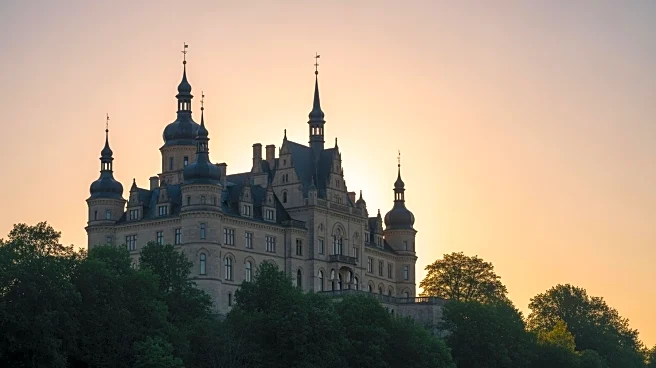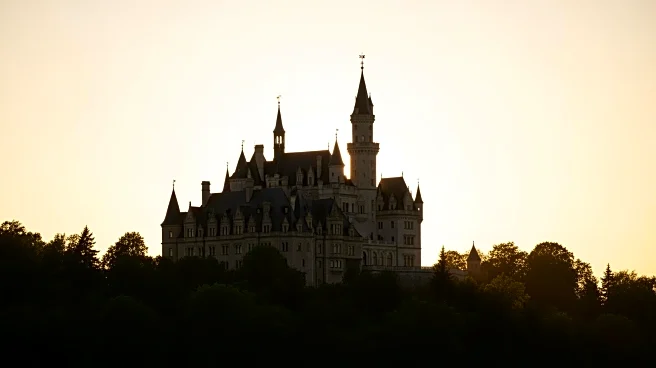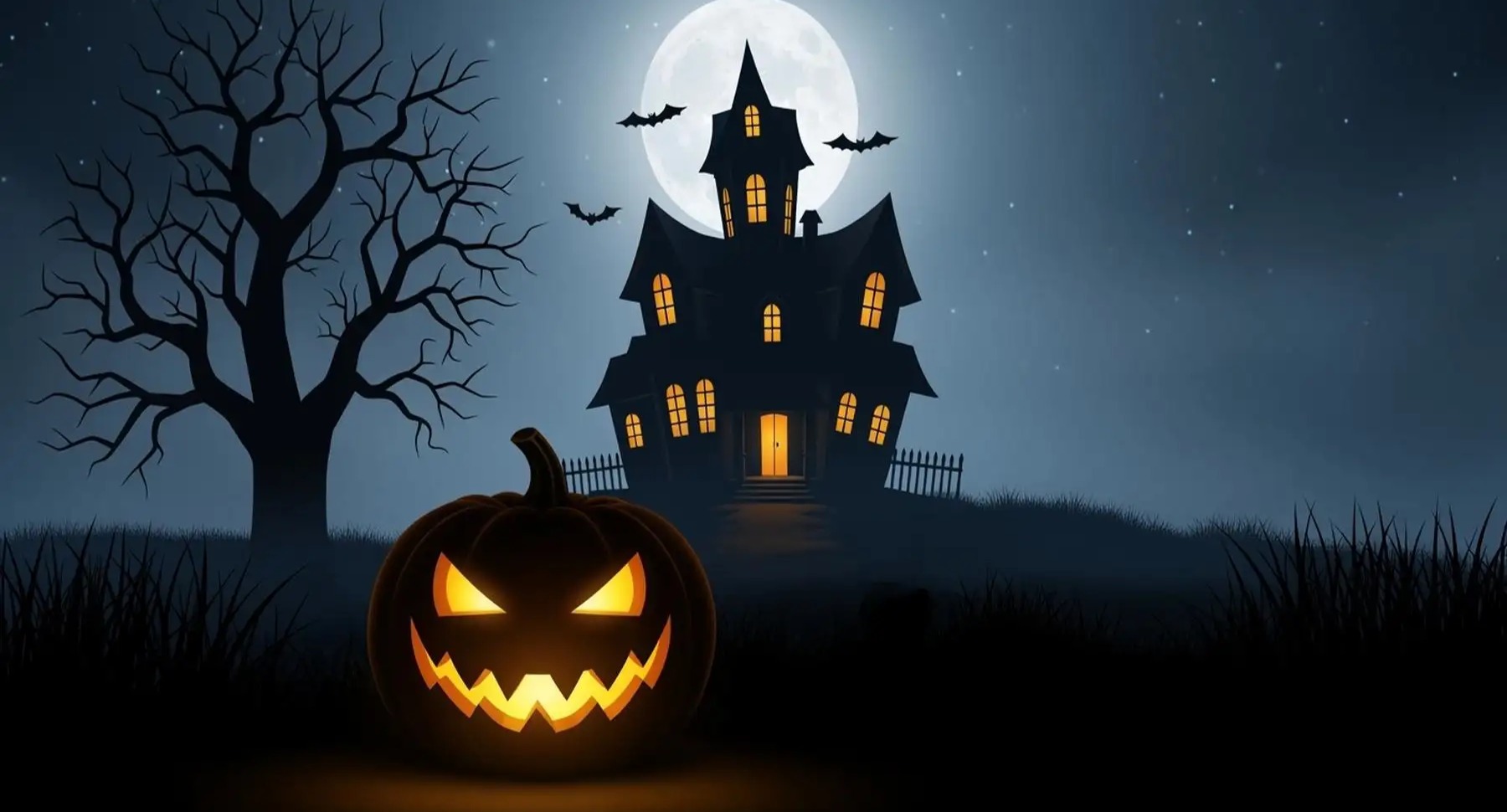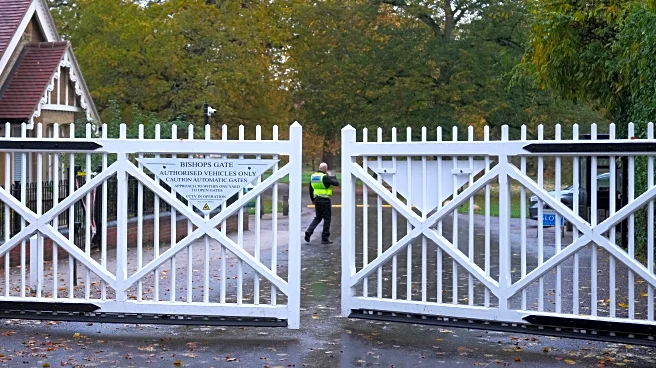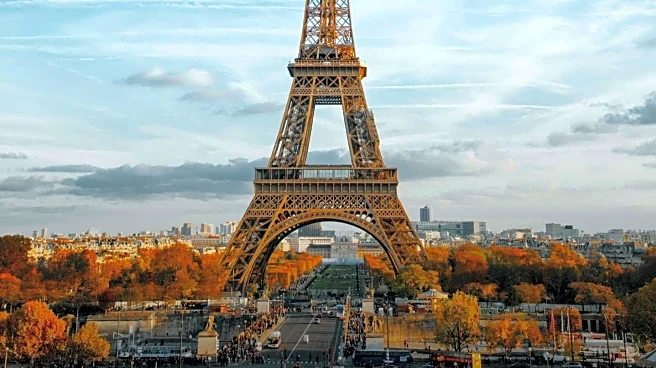What's Happening?
Highclere Castle, known as the real-life setting for Downton Abbey, is a Jacobean style country house located in Hampshire, England. The castle's history dates back to 749 A.D., with significant architectural
contributions by Sir Charles Barry in the 19th century. Highclere Castle has served various roles throughout history, including as a hospital during World War I and a refuge for evacuated children during World War II. Today, it is home to the Earl and Countess of Carnarvon and features an exhibition celebrating the discovery of Tutankhamun's tomb.
Why It's Important?
Highclere Castle's association with Downton Abbey has elevated its status as a cultural and historical landmark, attracting tourists and fans worldwide. The castle's rich history and architectural grandeur offer educational insights into British aristocracy and historical events. Its preservation and public accessibility contribute to cultural heritage and tourism, supporting local economies and fostering historical appreciation.
What's Next?
Highclere Castle continues to host events and exhibitions, drawing visitors interested in its history and connection to Downton Abbey. The castle's involvement in future film projects and its ongoing conservation efforts ensure its status as a significant historical site. Plans for expanding visitor experiences and educational programs are likely to enhance its cultural impact.
Beyond the Headlines
The portrayal of Highclere Castle in Downton Abbey reflects modern interpretations of class and social dynamics, which may differ from historical realities. The series presents a more egalitarian view of relationships between aristocrats and servants, sparking discussions on historical accuracy and societal changes over time.
